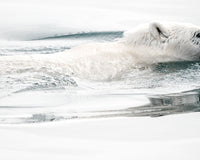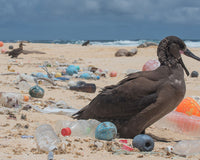Photo by Matthew Chauvin, "The Ocean Cleanup"
Where there is water, there is life. Over 60% of the human body is made of the precious resource and it covers roughly 70% of the Earth’s surface. When something threatens to poison it, it is our humanly duty to keep it safe and clean for all life to continue. We strongly believe in the sanctity of the Earth and stand strongly behind the conviction that we can all do our part to protect nature and what it gives us by making mindful choices as we live this modern life. We also acknowledge the impact our collective effort can create to combat unnecessary waste and diets that are as unhealthy for humans as they are for our planet. That is why we have striven so hard to promote waste reduction and recycling efforts. Still, our planet needs much more from us.
An Introduction to Plastic Pollution
The side effects of our modern life, namely our reliance on plastic, has quietly suffocated our oceans, rivers, seas, lakes, and other bodies of water. The June 2018 issue of the National Geographic Magazine powerfully demonstrates this point on its front cover. And while the debate on climate change rages on, the presence and danger of plastic pollution is very real; so much so that it has been the focus of this year’s World Environment Day. The UN-hosted celebration culminates on June 5th and is meant to raise the public’s awareness of plastic pollution in the ocean and its effects. To understand this goal more, let’s start with some rudimentary water pollution facts.
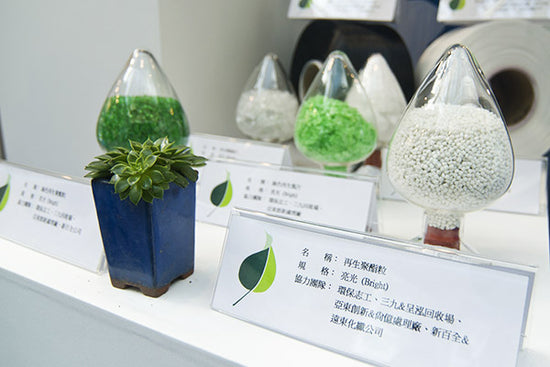
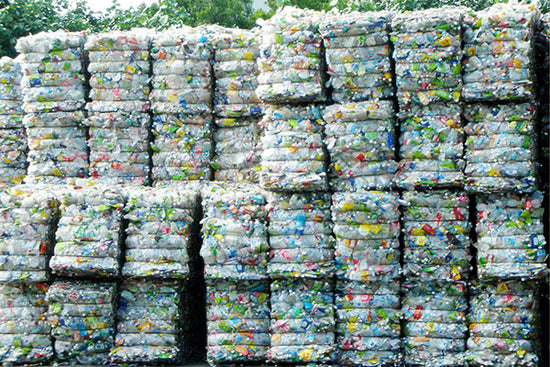
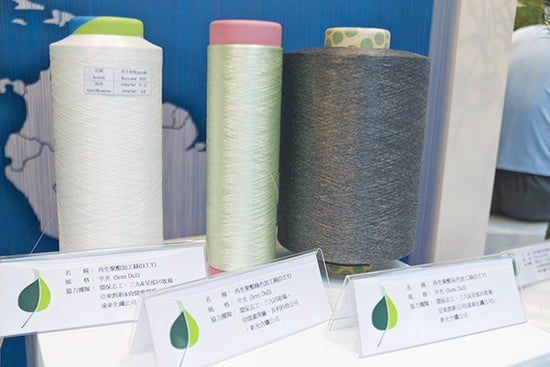
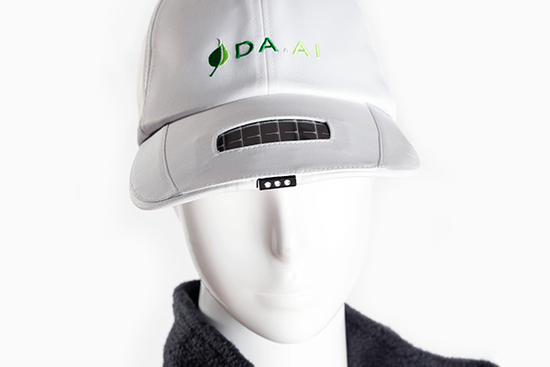




 In fact, scientists from the Helmholtz Centre for Environmental Research and the Weihenstephan-Triesdorf University of Applied Science published a
In fact, scientists from the Helmholtz Centre for Environmental Research and the Weihenstephan-Triesdorf University of Applied Science published a 


